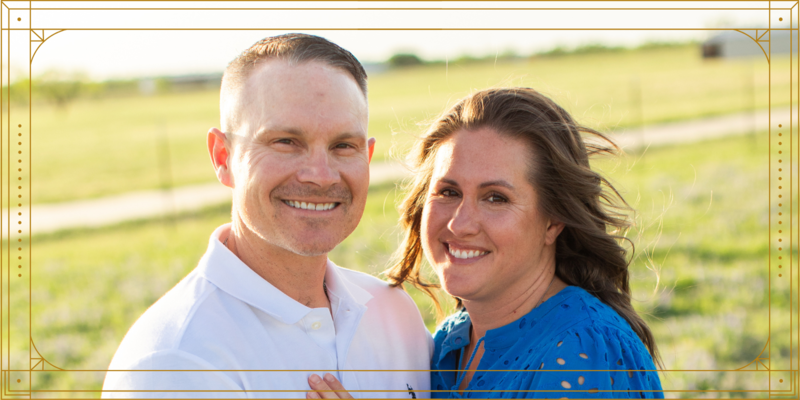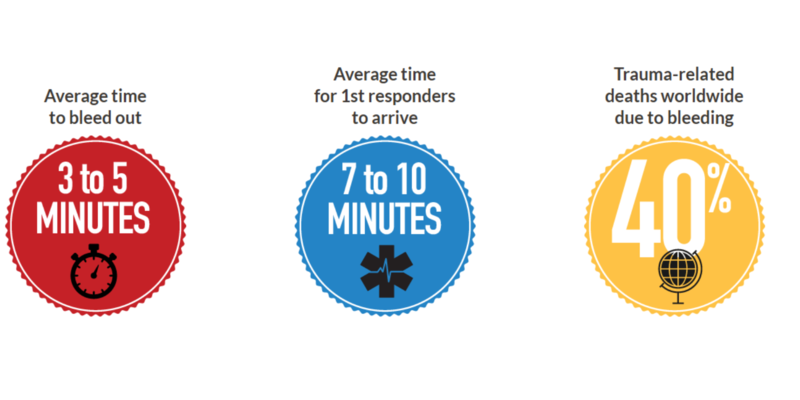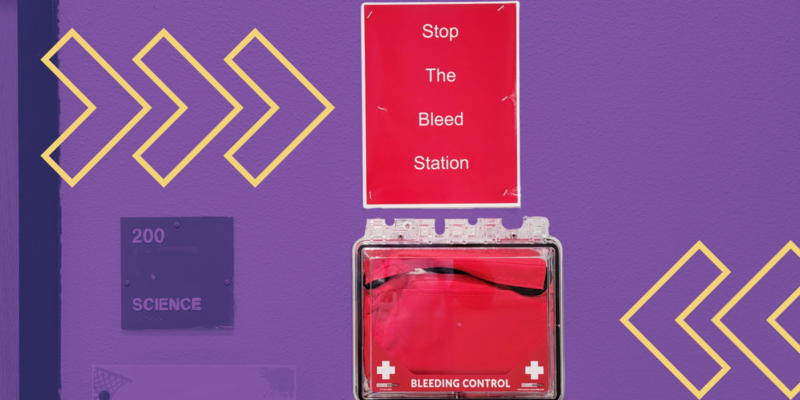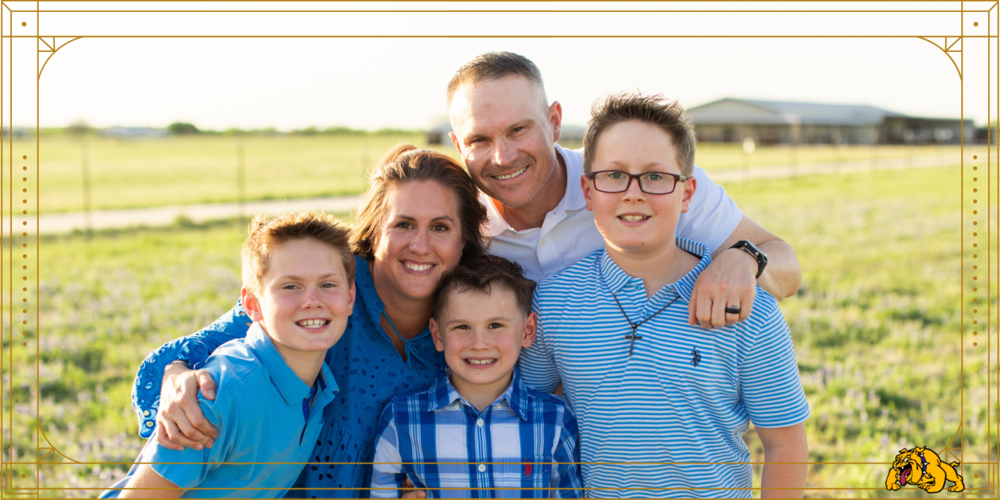When training met faith, calm, and a whole lot of love
On a quiet Wednesday night, the Beasley home was asleep—three boys tucked in, grandparents down the hall, lights low. Then came the shout no spouse ever wants to hear.
“Call 911!”
Rachel Beasley—now in her fourth year at Wylie ISD and a Functional Academics teacher at Wylie East Junior High—sprang from bed and found her husband, Shaun, clutching his arm, blood pouring fast. Moments earlier, he’d slipped in their shop, falling backward into a mirror’s edge. It severed an artery. The kind of injury where every second matters.
Rachel didn’t have a tourniquet. She did have her training—and a dog leash.
“I wrapped it tight and just held on,” she remembers. “I prayed, ‘Lord, give me strength,’ and I didn’t let go until help arrived.” For roughly 15 long minutes, Rachel kept pressure with the makeshift tourniquet, talking Shaun through panic—“We’ve got this…stay with me”—while family called 911.
Shaun’s own background helped too. A Security Forces Officer with over 18 years in the U.S. Air Force at Dyess AFB, his training kicked in the moment he saw the wound. He knew immediately how severe it was—and how little time they had. “With how severe the bleeding was, I thought I was going to lose my life,” he shared. “But in that emergency I had my best friend by my side, and she saved me.”

Miracle Timing at Hendrick
When first responders took over, Shaun was rushed to Hendrick. That’s where a stroke of providence met preparation: the best general surgeon, the best vascular surgeon, and the best orthopedic surgeon were all on duty—together, at the same time.
“They fixed his artery, grafted a vein from his leg, and reattached his tendon,” Rachel said. “The doctors were shocked his nerve wasn’t severed too. It was truly a miracle.”
Shaun still marvels at how close it was. “Life is fragile and can change in a second,” he said. “God will never leave us nor forsake us. His strength is what pulled us through that night.”
What is Stop the Bleed?
Rachel credits her ability to stay calm and act with the training she received through Stop the Bleed, a national awareness campaign and call to action. The program teaches people how to recognize life-threatening bleeding and how to act quickly with three simple steps:
Apply pressure with hands or cloth.
Pack the wound if possible.
Use a tourniquet to stop the bleeding.
Why is this so important? According to the Stop the Bleed Coalition, uncontrolled bleeding is the leading cause of preventable death after injury. Up to 40% of trauma-related deaths worldwide are due to bleeding or its complications. A person can bleed out in as little as five minutes, while it often takes longer than that for first responders to arrive.
Training is short, straightforward, and practical. In fact, Rachel took hers during Wylie’s new staff orientation—and the lessons stayed with her. “Training days can feel long,” she says with a smile, “but they matter. You never know when you’ll be the one who needs it.”

How Wylie Prepares
At Wylie ISD, every staff member is required to complete Stop the Bleed training. The district also keeps bleeding-control kits in designated areas across campuses. These kits are small, bright red bags or boxes filled with gloves, gauze, and tourniquets—ready to use in case of emergency.
Rachel knew they were there. “I’ve seen them in the hallways,” she said. “Knowing that we have several on each campus is such a relief. It’s one of those things you hope you never need, but you’re so glad it’s there if you do.”

How Families Can Prepare
Rachel and Shaun’s story makes it clear: emergencies don’t just happen at school or work—they happen in garages, on sports fields, and in everyday family spaces.
Shaun says preparation is vital: “Knowing lifesaving skills, like applying a tourniquet, can mean everything. You have to know how to improvise and how urgent it is to stop the bleeding. Sometimes it takes 15 minutes for first responders to get to you, and no one cares about your life more than you do. You have to know what you can do to save yourself or someone else.”
Here are a few simple steps any family can take:
Get trained. Community classes are available locally, and free resources can be found at stopthebleedcoalition.org.
Build your own kit. At minimum, a kit should include a tourniquet, gauze, medical gloves, and trauma shears. Many pre-made kits are also available to purchase online.
Keep them close. Store one in your home, your car, and anywhere else you spend significant time. Make sure all family members know where it’s located.
Rachel and Shaun are already building theirs. “We’re making sure we have kits in the house and in the car,” Rachel said. “I don’t ever want to be caught unprepared again.”
A Wylie Kind of Story
Rachel won’t call herself a hero. She points to her faith, her family, her Wylie teammates, and the surgeons who were, by grace, in the right place at the right time. But when the moment came, she did what heroes do: she ran toward it.
“If our story helps one family get trained, buy a kit, or just feel a little braver in a hard moment,” she says, “it’s worth it.”
And when she and Shaun sit down with their boys at the dinner table, they know what so many in the Wylie community know too: when preparation meets love, miracles happen.
Stories like these—courage in crisis, caring for family—are why it’s great to be a Wylie Bulldog.

